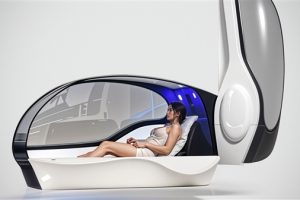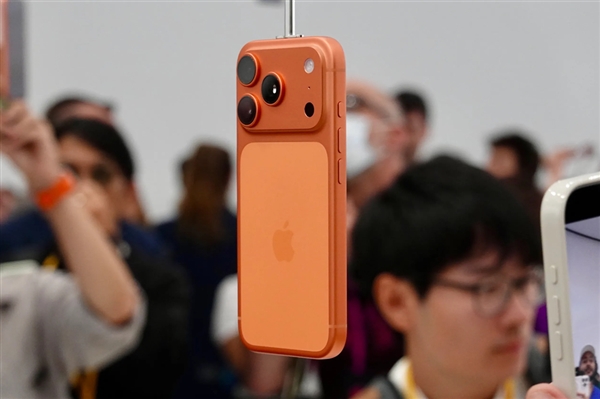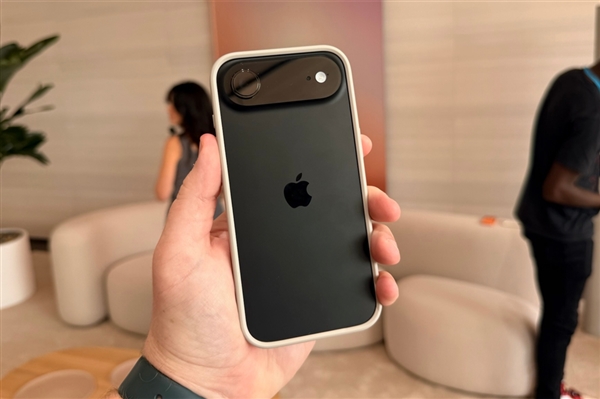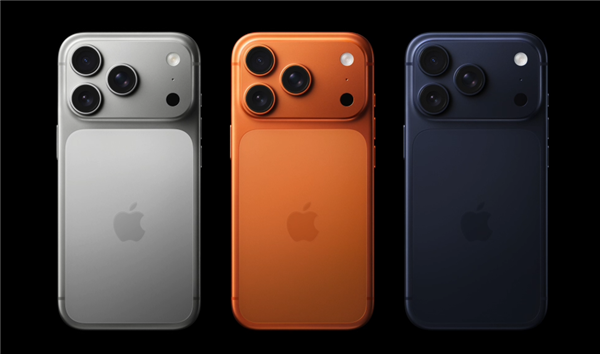May 29 2025 – A groundbreaking approach to monitoring hydration levels through smartphone screens has been unveiled by researchers at King Abdullah University of Science and Technology (KAUST) in Saudi Arabia, as reported by TechXplore on the 27th. The innovation leverages skin reactions during screen touches to gauge moisture content, offering a non-invasive alternative to traditional methods.
Electrical engineer Tareq Al-Naffouri, who spearheaded the project alongside his KAUST team, highlighted the potential benefits for athletes prone to dehydration due to rigorous training and excessive sweating. Beyond sports, the technology could also assist vulnerable populations such as the elderly, infants, and kidney disease patients.
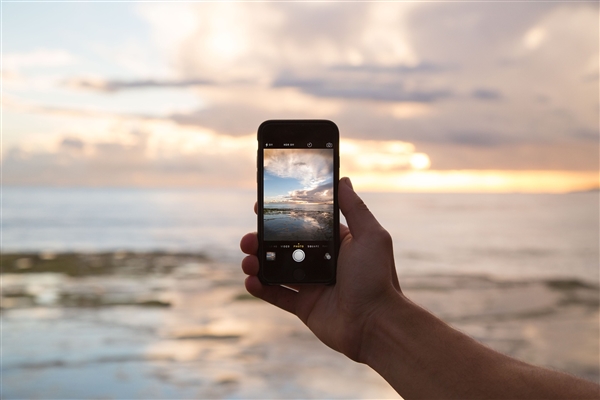
The team’s sensor system relies on capacitive sensors akin to those found in mobile devices. By tracking subtle changes in capacitance caused by variations in skin moisture during touch interactions, the system infers hydration status. Capacitance, reflecting the skin’s ability to store electrical charge, fluctuates with water content.
This advancement promises hydration monitoring without the need for wearables, blood draws, or laboratory tests. A simple touch on a smartphone screen could alert users to hydration needs, preempting symptoms like dizziness or fatigue linked to dehydration.
Soumia Siyoucef, a visiting student at KAUST and co-author of the study, emphasized the vision for seamless, real-time hydration checks. “Our goal is to enable individuals to assess their hydration status instantly by placing a finger on their device,” she noted.
To validate the technology, the researchers amassed over 4,000 finger-touch datasets, training a machine learning model to correlate minute shifts in skin conductivity with hydration levels. Trials demonstrated a 92% accuracy rate in detecting dehydration among athletes.
The findings have been published in the IEEE Sensors Journal, marking a significant stride towards accessible, on-the-go hydration monitoring.




